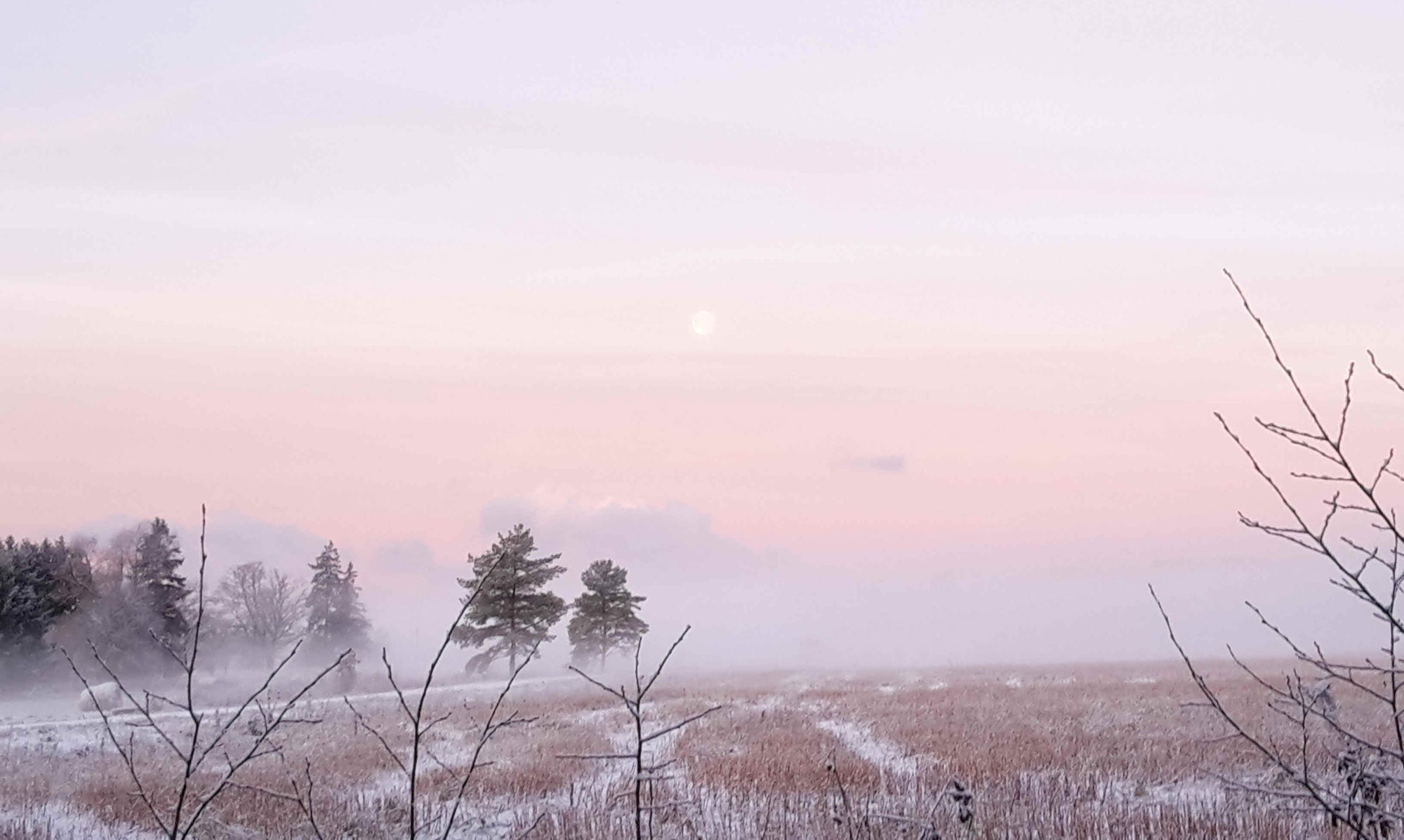Regilaulu põhitunnused on:
Esituse ja meloodia tunnused on muutlikumad ja varieeruvamad, ka värsimõõt on muutunud koos keelega igas piirkonnas veidi erinevalt.

Meieni jõudnud tekstid ja viisid peegeldavad regilaulu sellisena, nagu ta oli kirjapanemise hetkel. Neis kajastub 19. sajandi lõpu ja 20. sajandi regilaulu vorm, selleaegsete laulikute, aga ka laulude jäädvustajate huvid ja eelistused. Regilaulud ei ole püsinud läbi aegade samasugused, vaid on muutunud nii sisult kui vormilt. Ühest küljest on jäädvustatud regilaulud üks väheseid aknaid meie kunagiste eelkäijate mõttemaailma. Teisest küljest peame meeles pidama, et ka kõige ürgsema algupäraga laulud on rahvaluulele iseloomulikult olnud pidevas ümberloomises ja kogunud enesesse teadmisi, väärtushinnanguid, suhtumisi, tundeid ja kogemusi eri aegadest.
The distinctive characteristics of runosongs are:
Characteristics of performance and melody change and vary more, and the metre has also changed along with the developments in language, differently in distinct areas.
The texts and melodies that have reached us reflect runosong as it was during the time of recording. They reflect the runosong form of the end of 19th and the 20th century, the interests and preferences of the singers of that era, but also of the collectors. Runosongs have not remained the same through the ages; rather, they have changed both in content and in form. On the one hand, recorded runosongs are one of the few windows for us into the mindset of our earlier ancestors. On the other hand, we must keep in mind that even songs with the most primal provenance have, as is characteristic of folklore, been in constant recreation and have accumulated knowledge, values, attitudes, emotions and experiences from different times.